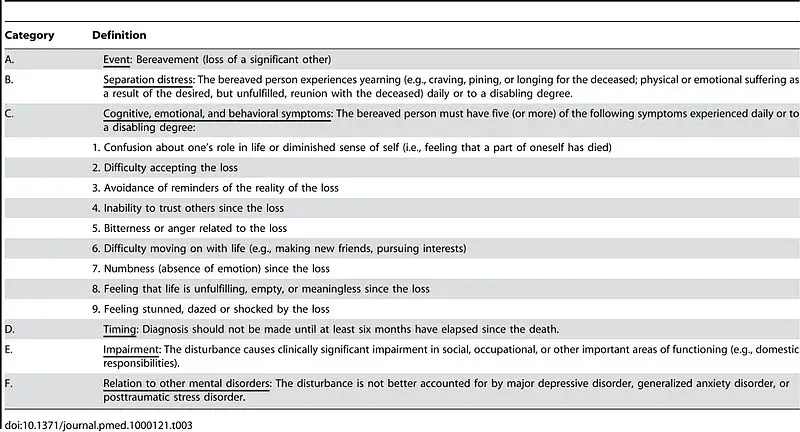ICD-10 refers to the 10th edition or version of ICD or the International Classification of Diseases as published by the World Health Organization. ICD-10 basically contains alpha-numeric codes for diseases which are classified in different sections. Each disease contained in ICD-10 has its corresponding code and supporting details. These details include the disease’s signs and symptoms, patient complaints, and diagnostic procedures among many other medical records. Codes for various diseases are maintained by the WHO for easy identification of disease and retrieval of related medical records by concerned parties like health care providers and medical organizations.
Many healthcare practitioners like doctors, nurses, health insurers, and medical researchers use ICD codes to classify diseases and get related information about it. Diagnosing a certain disease is one of the most essential roles of healthcare providers and they can be aided through ICD-10 for this specific purpose. Aside from diagnostic details, ICD-10 also contains details of various medical cases including mortality and morbidity rates which are also monitored by the World Health Organization. The health insurance industry also makes use of ICD-10 for medical reimbursement claims and insurance concerns of patients across the globe. Many countries also use details provided by ICD-10 for their healthcare needs in terms of resource allocation.
ICD-10 is officially referred to as the International Statistical Classification of Diseases and Related Health Problems 10th revision. It contains a total of 22 chapters covering different diseases and details including diagnosis, clinical presentation, and treatment and/or management procedures.. One chapter each is allocated for infectious diseases, neoplasms, mental and behavioral disorder s, circulatory system diseases, respiratory diseases, digestive system-related diseases, and endocrine system disorders among various others. There are also separate chapters for clinical signs and symptoms which are not classified in the other chapters, morbidity and mortality external causes, and the last chapter is dedicated for codes intended for special purposes.










